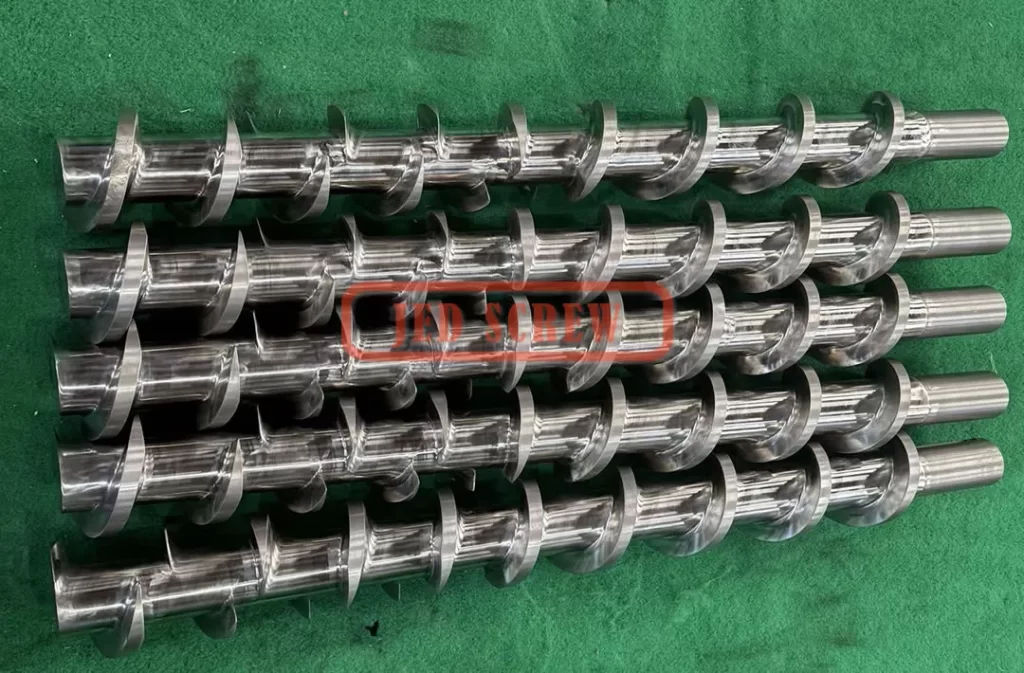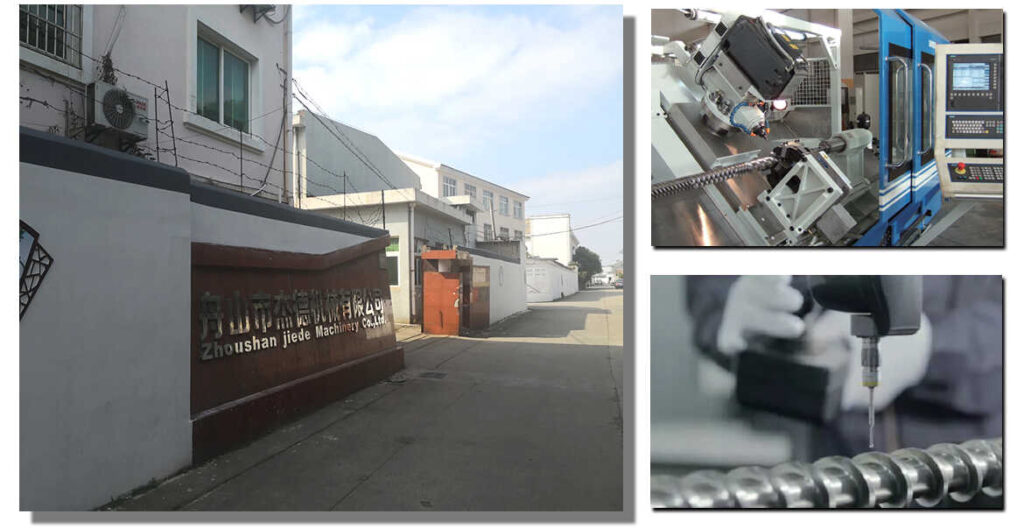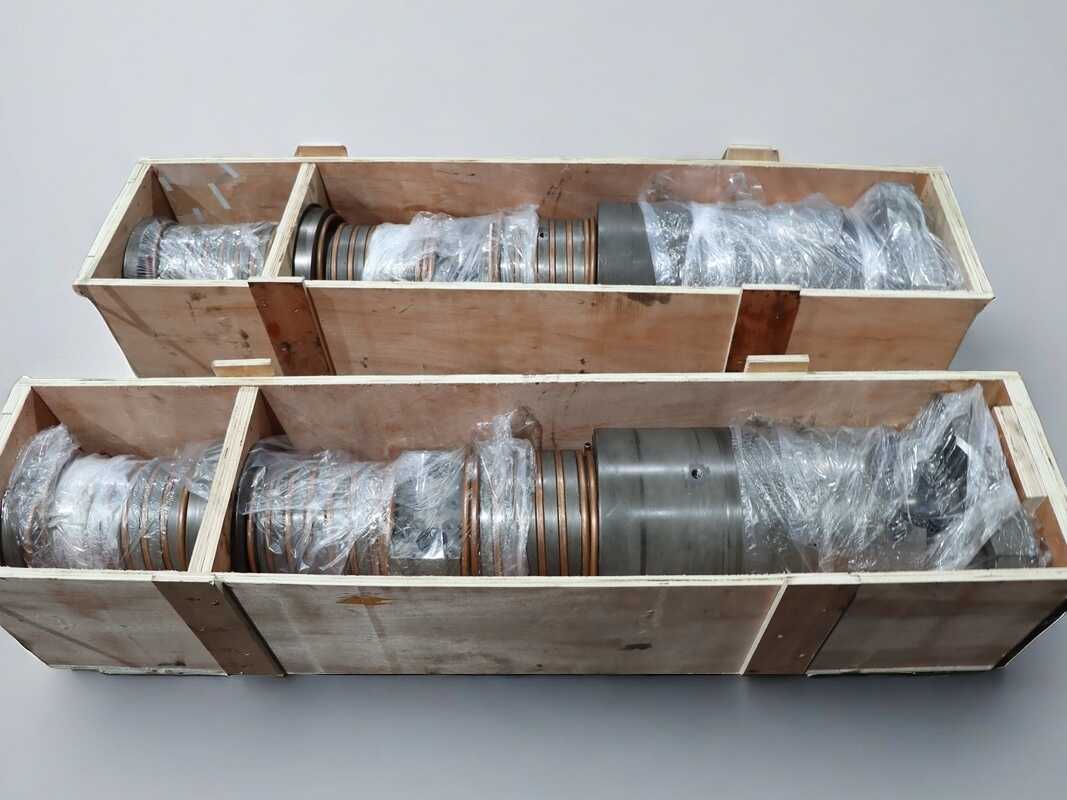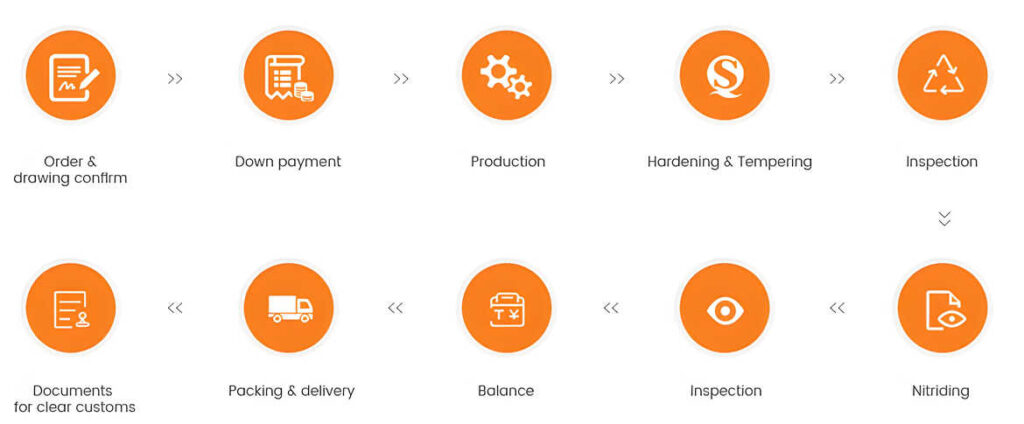



The catalyst screw, often referred to as a chemical extruder screw, is a key component used in chemical equipment for catalyst molding. It is primarily used in equipment such as extruders and pelletizers. Its design and operating principle directly impact the catalyst molding effect and production efficiency. The following is a summary of relevant information about chemical extruder screws:
1.Single-Screw Extruder
2.Twin-Screw Extruder

Категория продукта:
| Цилиндр шнека листового экструдера | Шнековый ствол экструдера для выдувной пленки | Шнековый ствол экструдера для выдувного формования | Шнековый цилиндр экструдера для грануляции вторсырья |
| Шнек для экструдера проводов и кабелей | Пластиковые стальные полосы экструдер винт баррель | Шнековый ствол экструдера для волочения проволоки | Шнек экструдера с пленочным покрытием |
| Шнековая труба экструдера литой пленки | Ствол шнека пластинчатого экструдера | Вращающийся ствол шнека экструдера | Коническая двухвинтовая труба |
| Параллельный двухшнековый ствол | Винтовой цилиндр машины литья под давлением | Винтовая труба пищевого экструдера | Шнековый ствол химического экструдера |
| Нестандартный винтовой цилиндр | Экструдер на заказ | ||
Если некоторые винтовые продукты не имеют списка, пожалуйста, не стесняйтесь связаться с нами по электронной почте, и мы ответим в течение 24 часов!

Мы можем быстро добраться до любой страны и региона с помощью морских и воздушных перевозок, международной экспресс-доставки и других способов транспортировки. У нас есть запасы винтов и бочек стандартных размеров, и после подтверждения заказчиком они могут быть доставлены в течение 5-7 дней.

У нас есть много опытных инженеров, которые могут быстро настроить различные типы и виды винтового ствола в соответствии с требованиями заказчика. Перед производством, технические будет проверить каждую деталь с продавцом в соответствии с запросами клиентов. В процессе производства, каждый шаг будет проверен перед следующим процессом. И каждый продавец будет следовать некоторое время, чтобы убедиться, 100% правильно и уменьшить ошибки связи и работы без задержки. Мы ставим качество на высоком уровне и цена среднего уровня.

Наша команда продавцов знакома с процессами производства и экспорта и имеет почти 10-летний опыт работы с клиентами. Каждый продавец может гарантировать, что требования клиента и наш винтовой ствол 100% точны в деталях производства. Мы будем решать любые вопросы с грузом, пока клиент не будет удовлетворен.
